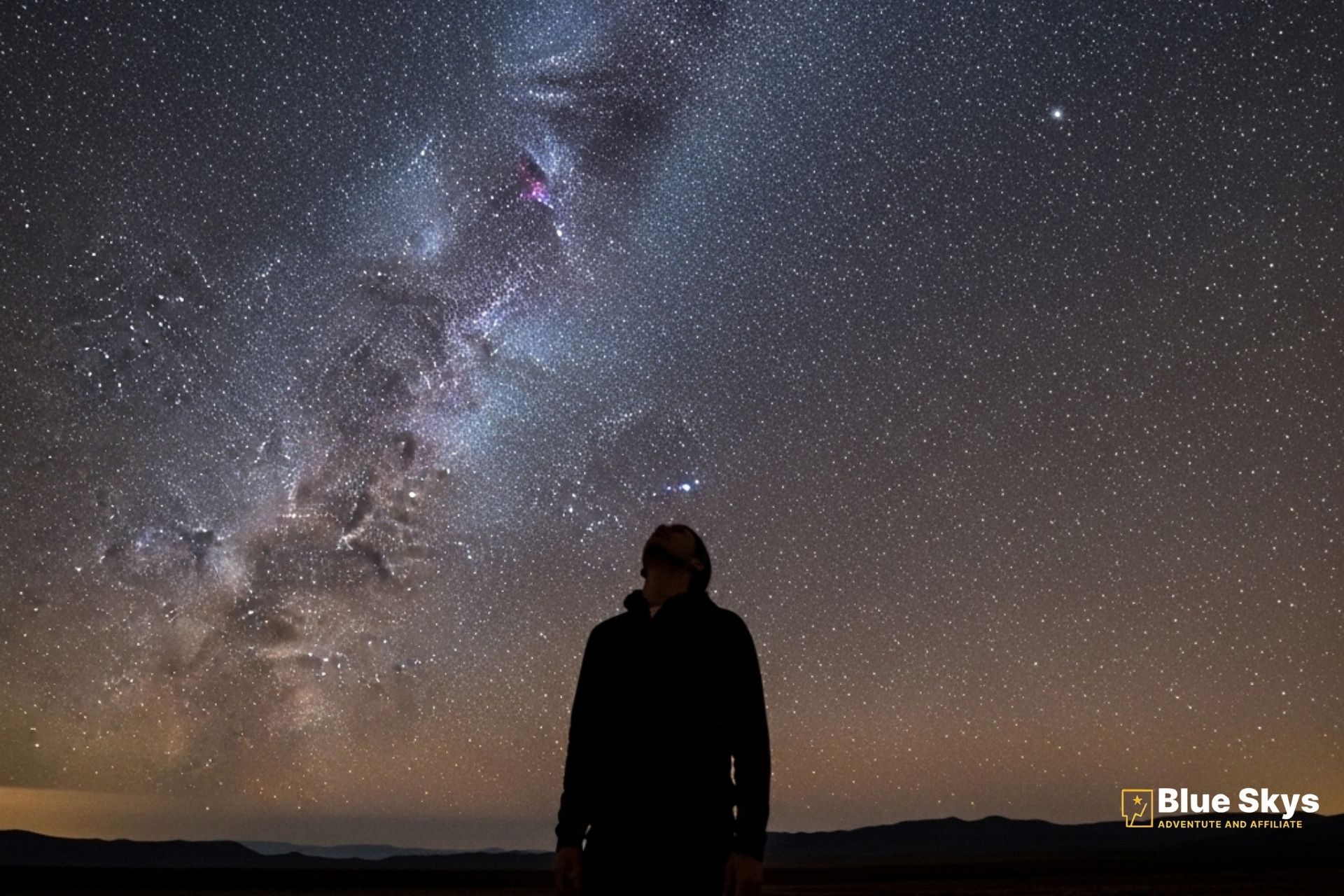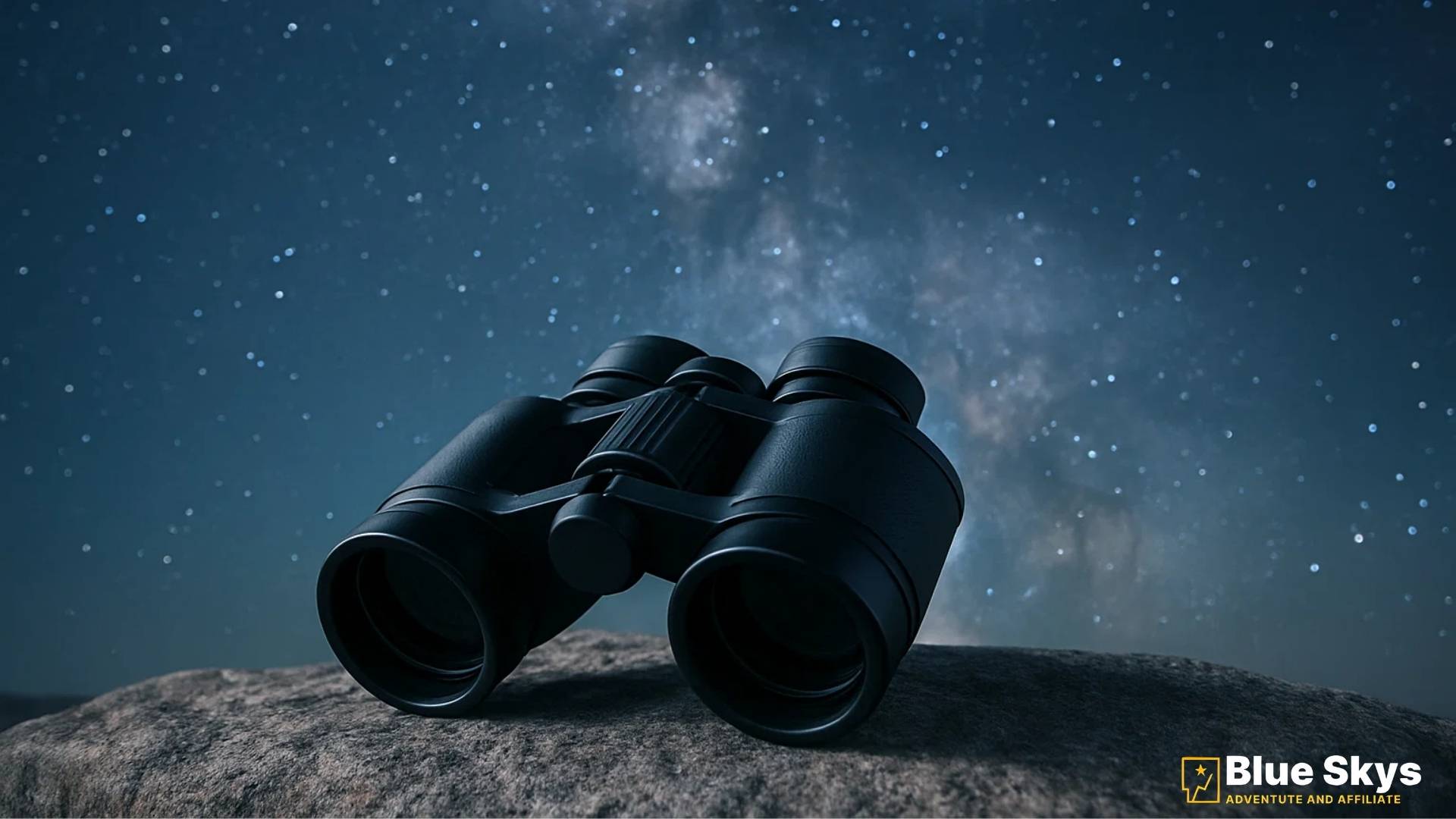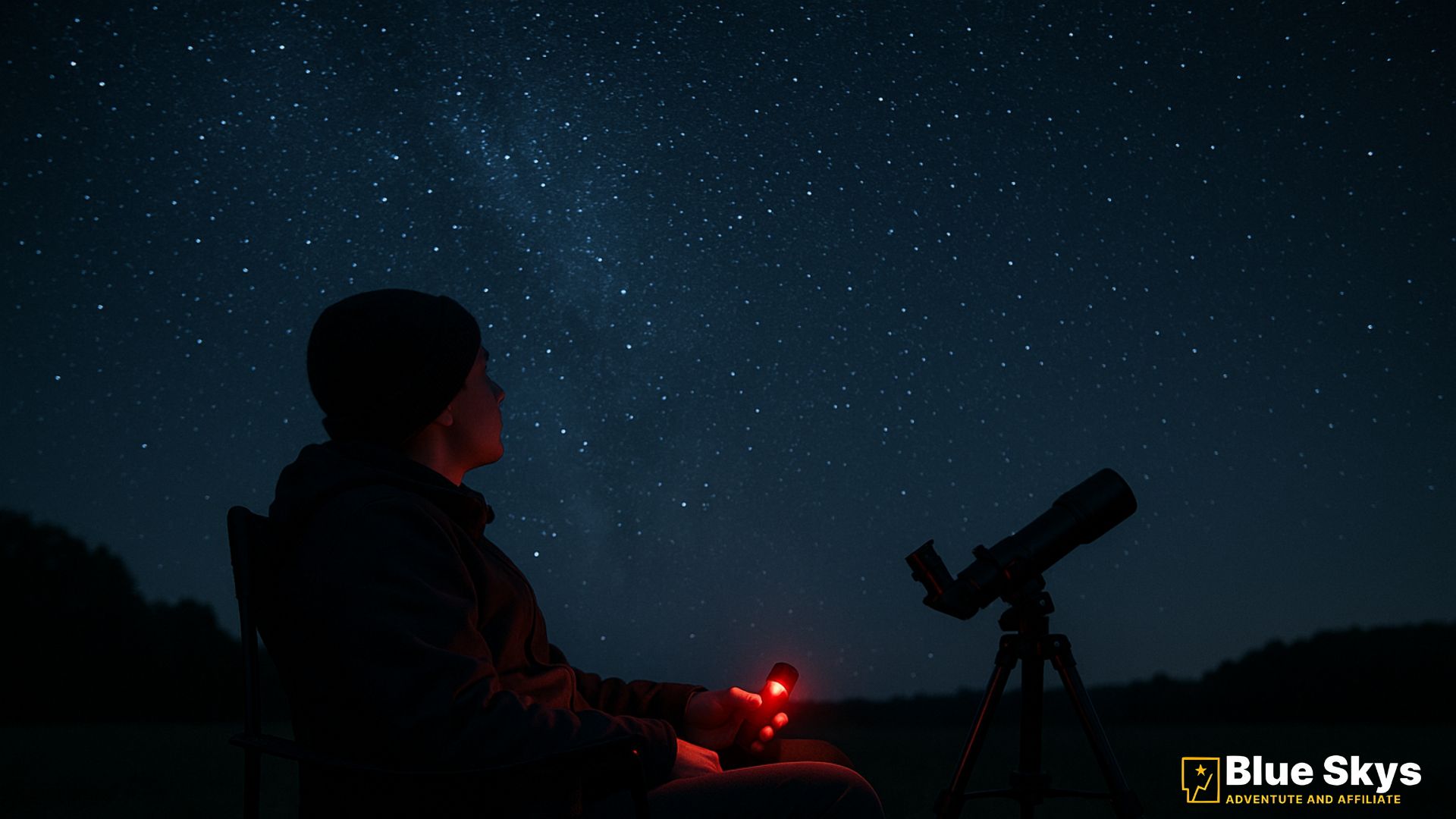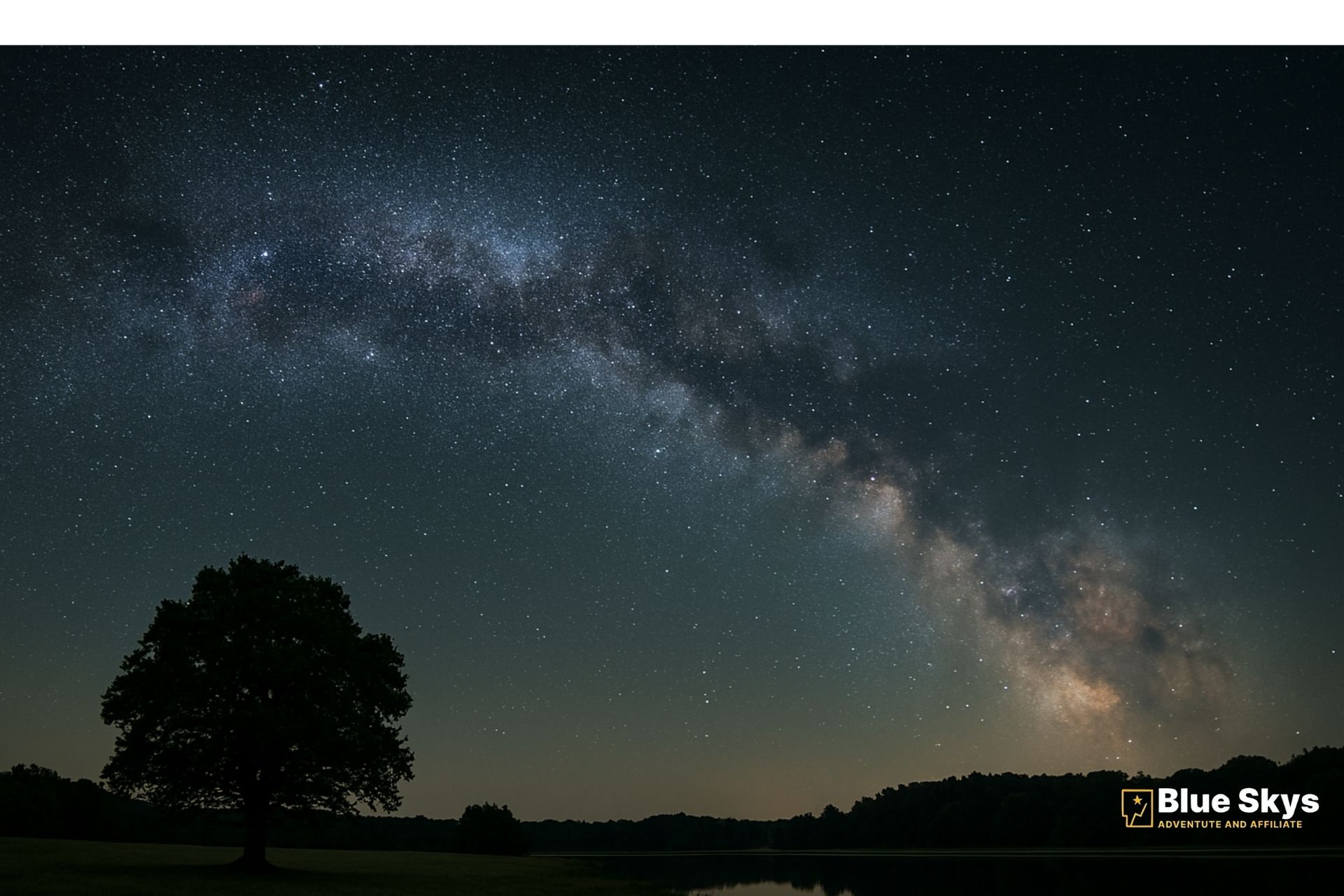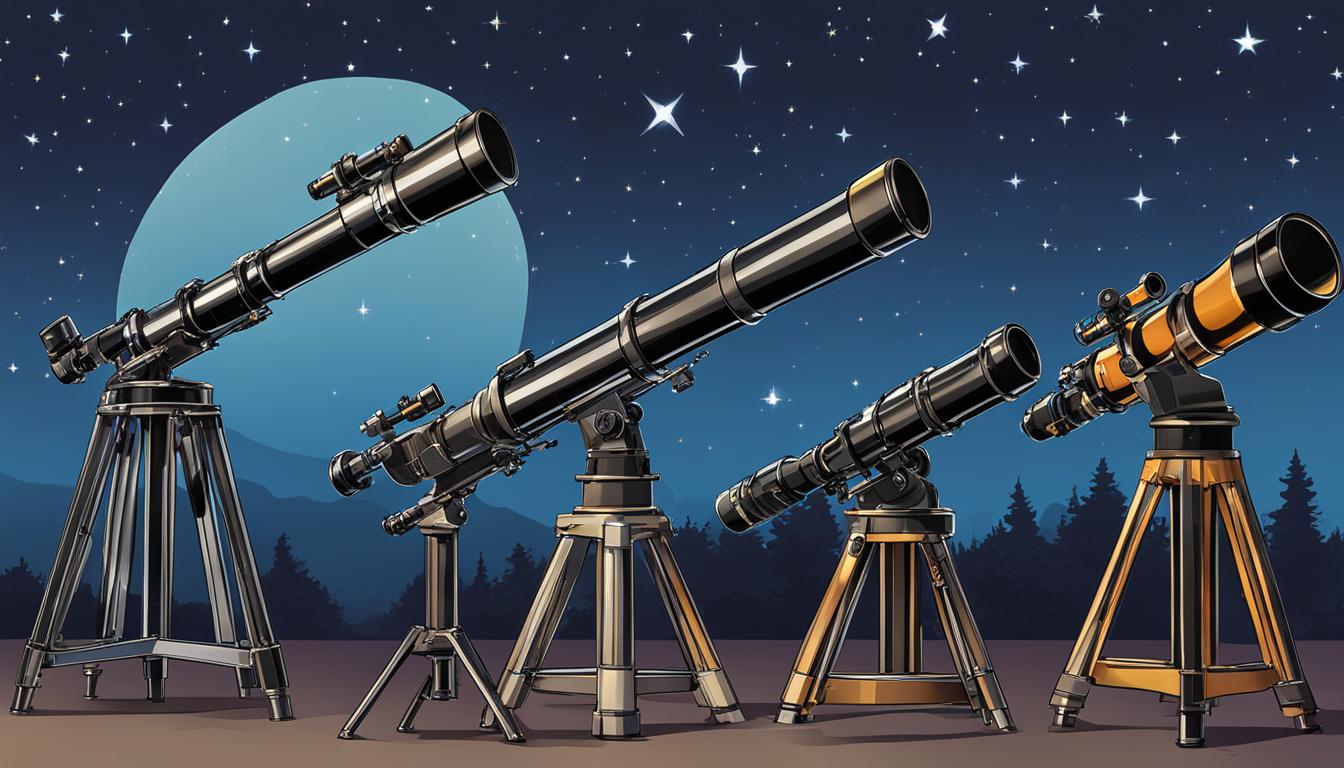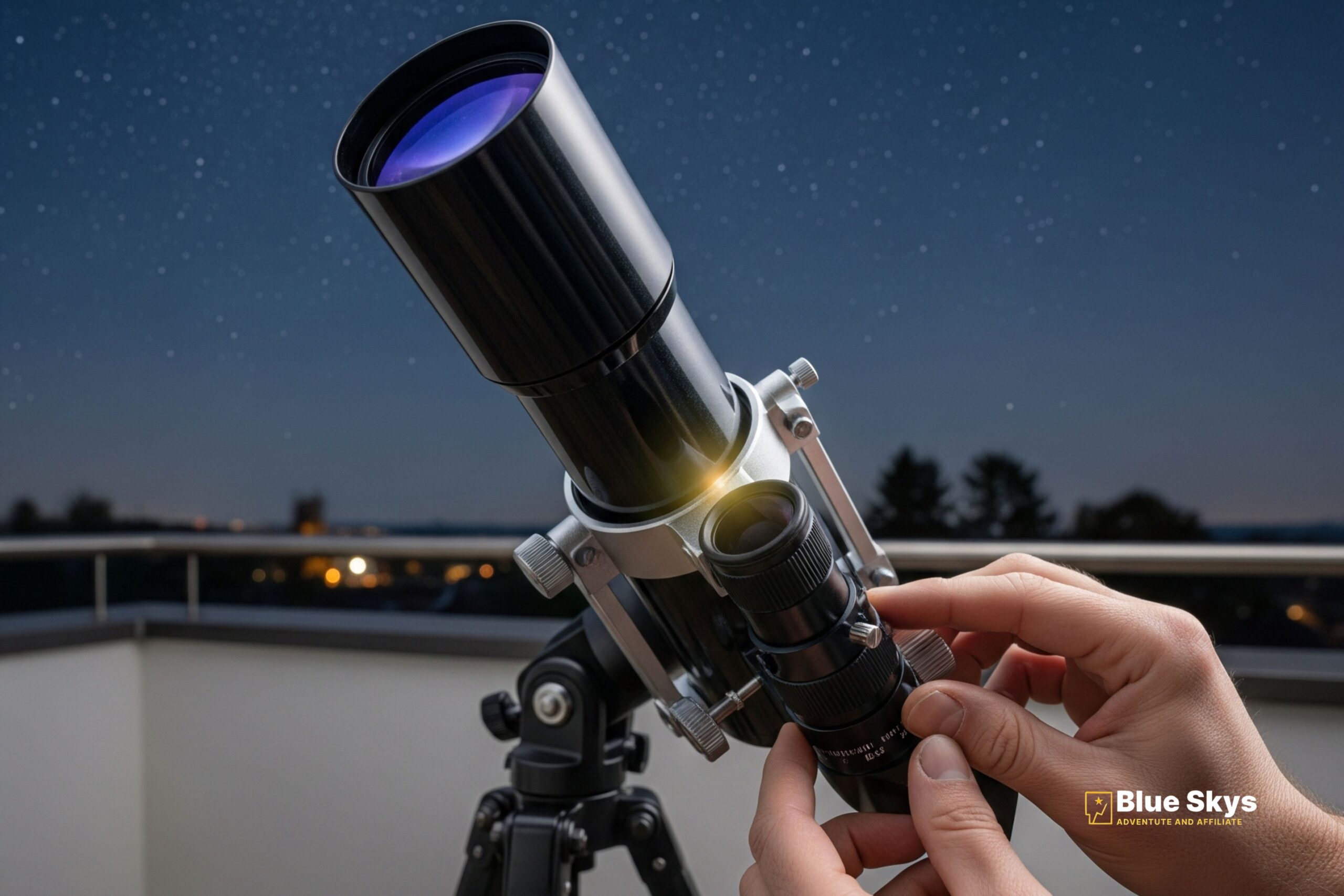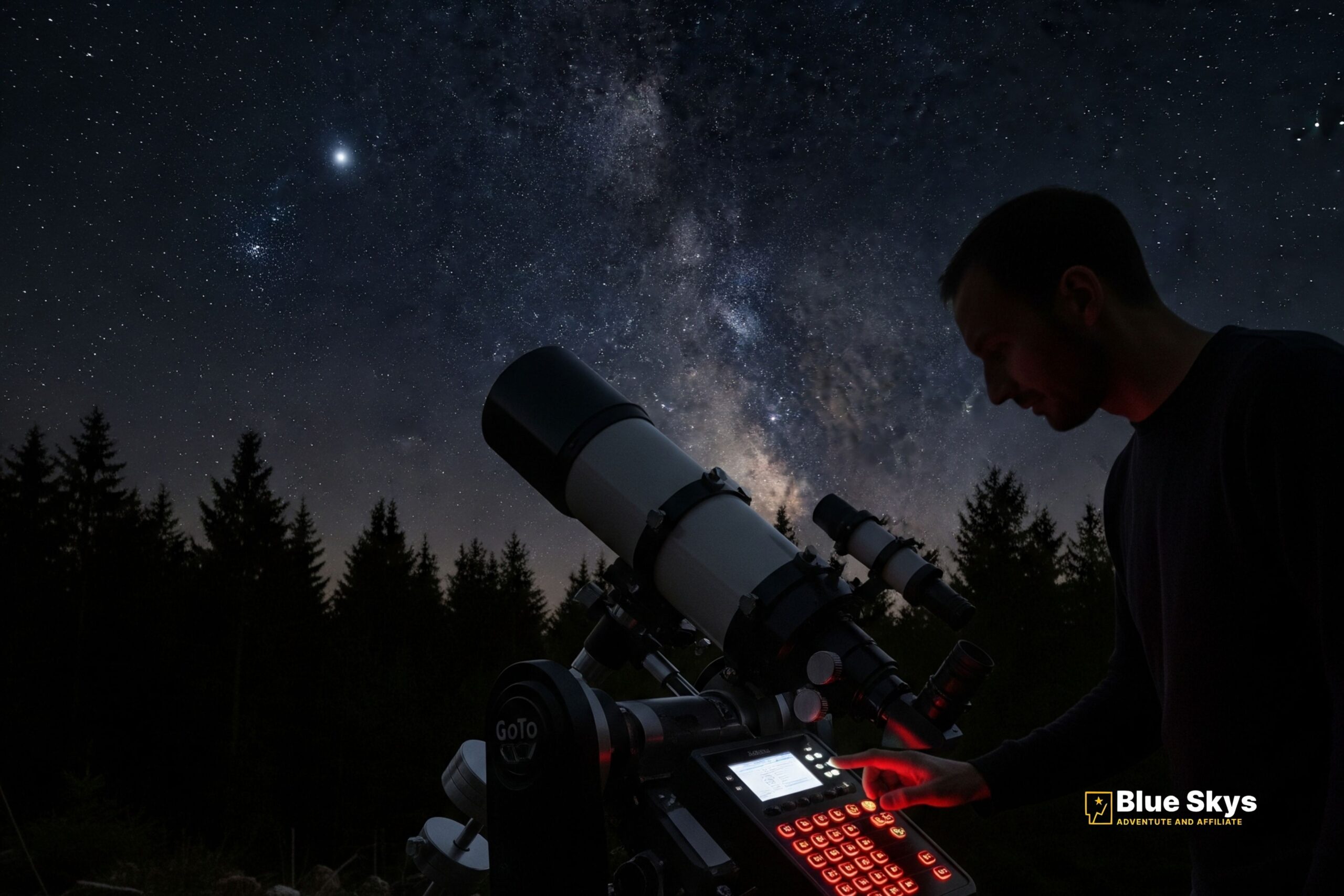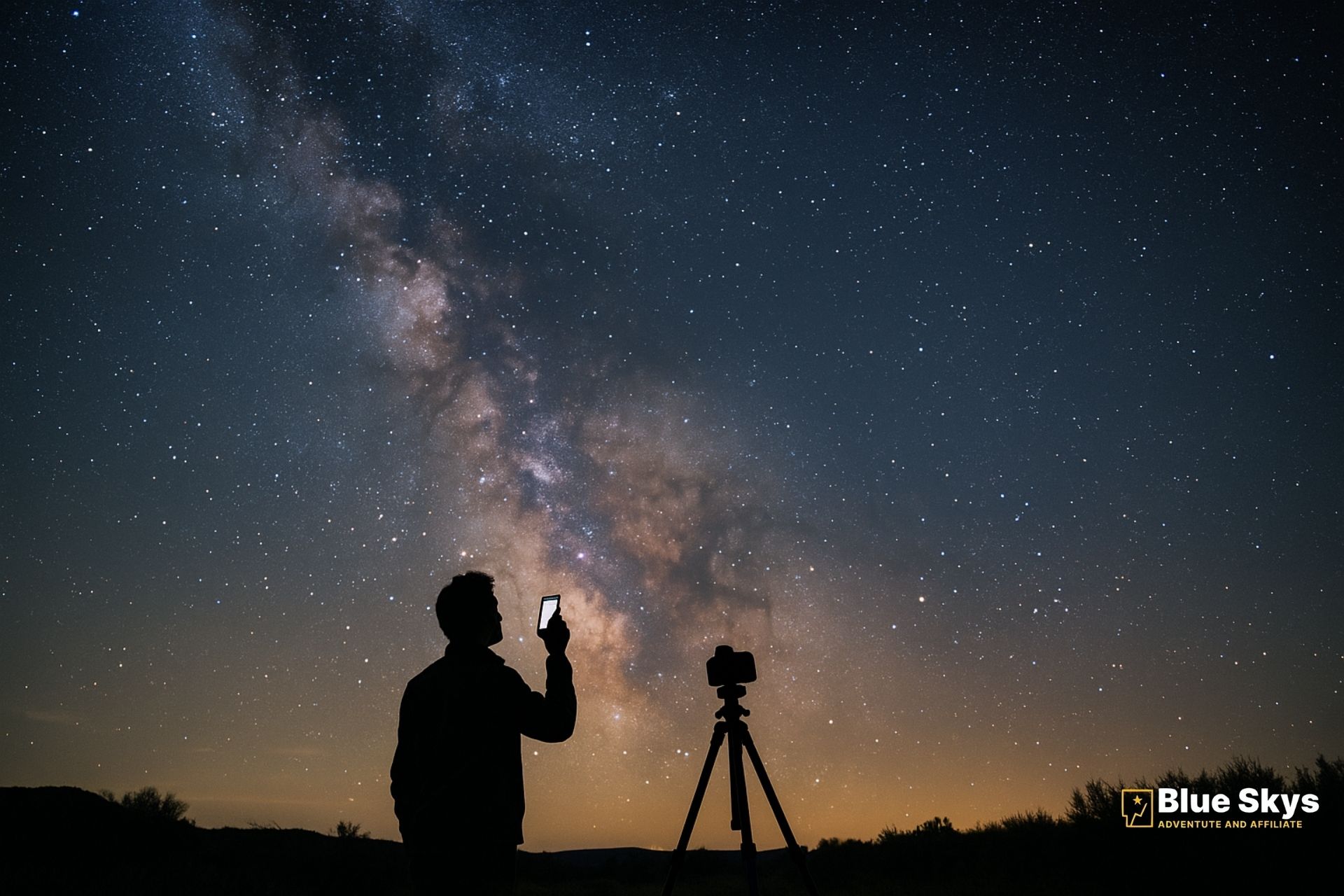
What is Stargazing?
Stargazing is the simple act of observing the stars and other celestial objects in the night sky. It is a hobby that combines an appreciation for nature with a curiosity about the cosmos, offering a way to connect with the universe using little to no equipment.
Introduction
Have you ever looked up at the night sky and felt a sense of wonder? That desire to understand the celestial dance above us is what draws so many people to stargazing. Whether you’re a complete novice or just looking for a new hobby, this guide will walk you through everything you need to know to get started. From the essential tools to the best celestial events of 2025, we’ll help you navigate the cosmos. Stargazing is an adventure that requires little more than curiosity and a dark sky, and it’s a journey anyone can embark on.
1. The Essential Gear: What You Really Need
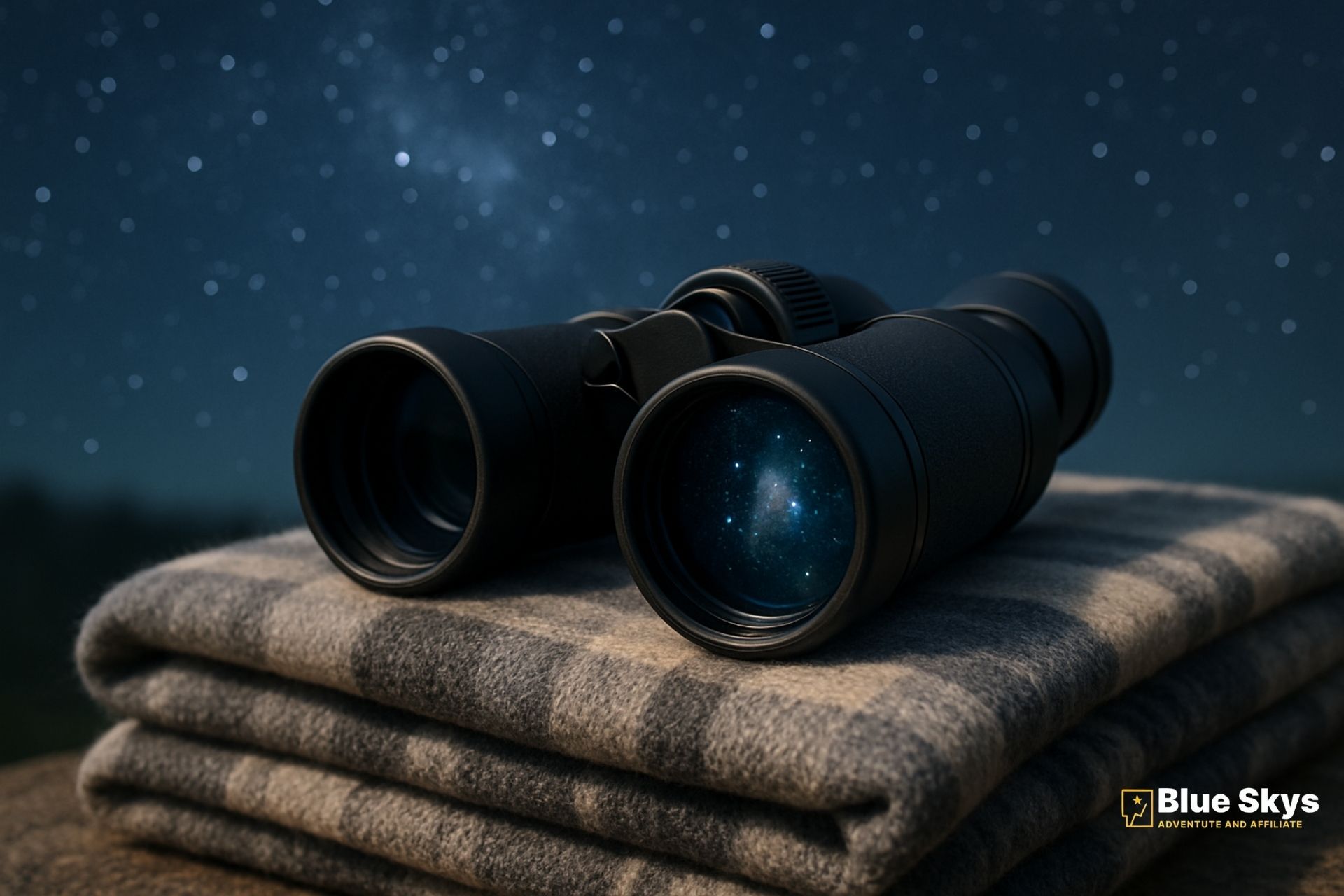
You don’t need to spend a fortune to start stargazing. While a powerful telescope is tempting, it’s often more of a hindrance for a beginner. The most important tool is your eyes, but a few key pieces of gear can significantly enhance your experience.
A. Binoculars for Stargazing
Binoculars are the perfect starting point for any budding astronomer. They are affordable, portable, and excellent for viewing the moon’s craters, spotting Jupiter’s four largest moons, and getting a closer look at star clusters. If you’re unsure which pair to buy, you can learn more in our detailed guide on Binoculars for Stargazing: Best Picks for Beginners in 2025.
B. The Telescope: A Beginner’s Dilemma
Many beginners rush to buy a telescope, only to become frustrated with its complexity. The key is choosing the right type for your skill level and needs. Our definitive guide, The Only 3 Telescopes a Beginner Should Consider, breaks down the simplest and most effective options. For a more in-depth look at all the different types, check out our Definitive Telescope Buyer’s Guide 2025.
C. The Must-Have Stargazing Apps
A good stargazing app is like a personal guide to the night sky. They use your phone’s GPS to show you exactly what you’re looking at, from constellations to planets and deep-sky objects. These apps are a game-changer for finding your way around the cosmos. We’ve reviewed the top options in our guide, Best Stargazing Apps for Beginners in 2025.
2. Finding Your Spot: The Best Locations for Stargazing
The single most important factor for a great stargazing experience is a dark sky. Light pollution from cities and towns washes out the stars, making it difficult to see anything beyond the brightest objects.
To find the perfect spot, look for areas with minimal light pollution, often miles away from major metropolitan areas. You can use light pollution maps online to find a great location. Some of the best places are officially designated Dark Sky Parks, which are committed to preserving the night sky. You can explore a list of great locations in our guide to the Top 10 Dark Sky Destinations in the USA in 2025.
3. Your Celestial Calendar: Events to Watch in 2025
2025 is shaping up to be a fantastic year for stargazers. Here are some of the major events to mark on your calendar.
Lyrids Meteor Shower (April): A steady meteor shower that’s great for beginners.
Perseid Meteor Shower (August): Widely considered one of the best meteor showers of the year, with a high number of bright meteors. Find out everything you need to know in our detailed guide, Perseid Meteor Shower 2025: Your Ultimate Guide.
Total Lunar Eclipse (September): A perfect opportunity to see the “Blood Moon” phenomenon.
For a complete list of all the major celestial events, refer to our 2025 Stargazing Events Calendar.
4. Taking the Next Step: Astrophotography
Once you get comfortable with stargazing, you might feel the urge to capture the beauty you see. This is where astrophotography comes in. Astrophotography is the practice of photographing celestial objects, from planets to galaxies. You don’t need a high-end camera to start. You can capture stunning images of the night sky with a smartphone or a basic DSLR camera. We cover all the gear and tips you’ll need to get started in our guide on Astrophotography for Beginners: Gear and Tips for 2025.
5. Final Tips for Your First Stargazing Trip
Patience is a Virtue: Give your eyes about 20-30 minutes to adjust to the darkness. This will allow you to see more stars.
Dress Warmly: Even on a mild night, it can get cold when you’re standing still.
Bring a Red Light: A red light preserves your night vision better than a white light.
Pack Snacks & Drinks: Make it a comfortable experience.
Stargazing beginners is a journey of discovery that can bring a lifetime of enjoyment. It connects us to the universe in a profound way. We hope this guide has inspired you to look up and explore the wonders that await you.

